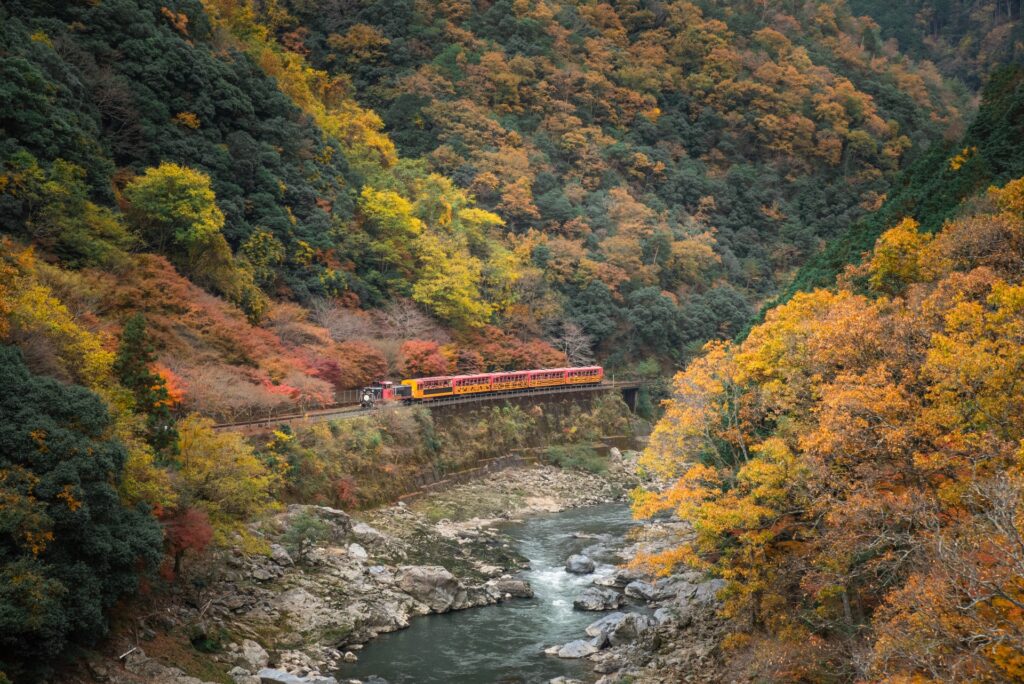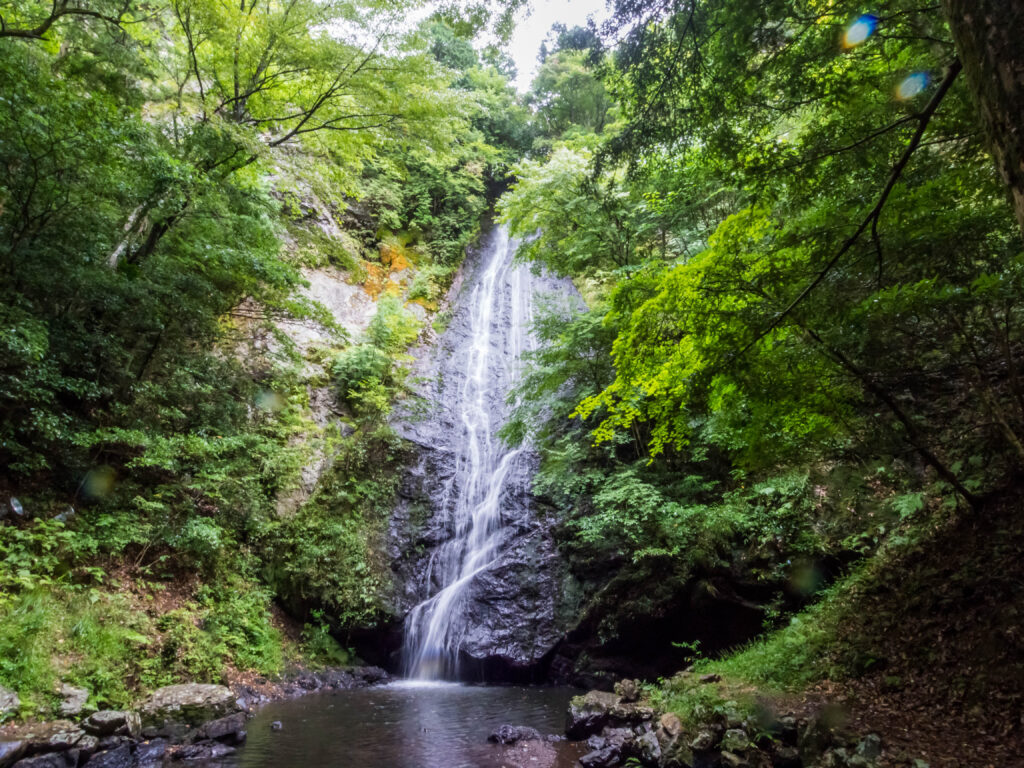Nantan & Miyama
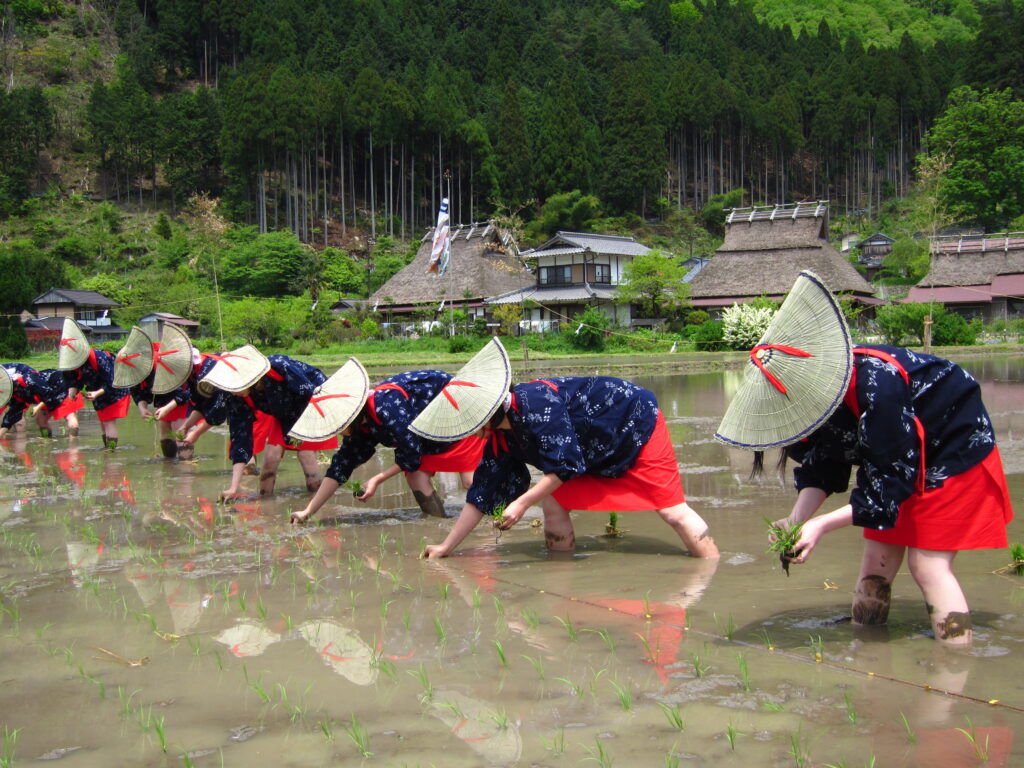
If you really want to experience the traditional Japanese countryside, this is the area for you. Within Nantan City, a visit to Miyama’s pastoral Kayabuki no Sato (a village of traditional homes with thatched roofs) in particular will make you feel as if you’ve stepped right into a postcard. Surrounded by forested hills, and filled with grasses and flowers, the village looks nothing if not idyllic, even (or perhaps especially!) when its iconic peaked roofs are topped, gingerbread house-like, with a layer of snow. You can tour the village and learn about village life, and how these houses are created and maintained, and you can even spend the night: some are available as inns or bed and breakfasts (see Miyama Futon & Breakfast below).
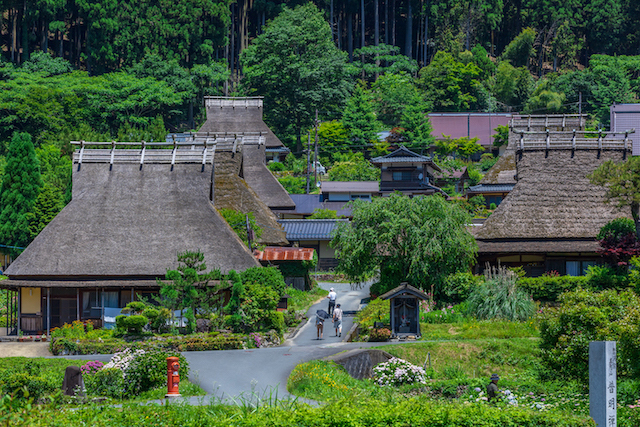
The greater Nantan area is renowned for its beautiful nature, perfect for an escape from the city. Visitors can hike in the Rurikei valley area, and even stay the night with an outdoorsy twist by glamping at GRAX: staying in a sort of tent or yurt with cozy bedding, delicious food, and facilities to make the experience more comfortable and luxurious than simple camping (Read more about GRAX and glamping in this area here: Rural Retreats, Glamping Getaways: Rurikei Onsen).
Another local attraction that’s certainly worth the visit is Ikimi Tenmangu Shrine.
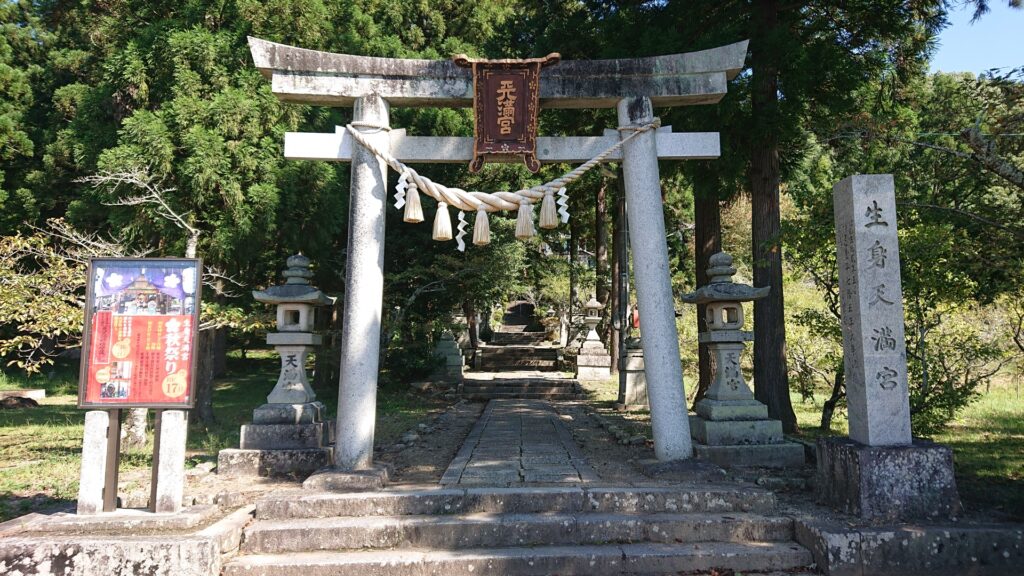
Various shrines with the name “tenmangu” can be found across Japan, and aside from their name, they share an enshrined deity: the legendary 9th century poet and politician Sugawara no Michizane. Ikimi Tenmangu Shrine, however, is the oldest of Japan’s tenmangu shrines. Established in 901, the shrine is also unique in that it is the only shrine to celebrate Sugawara no Michizane as a living deity during his lifetime: this is a place to truly walk through history.
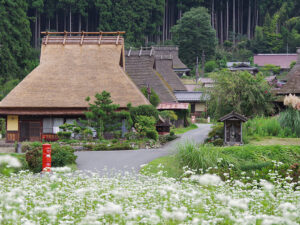
Miyama’s thatched village
The Miyama area is well known for its farmhouses that still use traditional thatched roofs. Kita is an area with a particularly large number of such houses, all positioned together in a village. The t …
・Getting to Nantan
From Kyoto City
By train/bus: From Kyoto Station, take the JR Sagano (San’in) Line to Sonobe Station (about 40 minutes).
By car: From Kyoto, take the Jukan Expressway via National Route 478 (About 60 minutes).
・Getting to Miyama
From Kyoto City
By train/bus: From Kyoto Station, take the JR Sagano (San’in) Line to Sonobe Station (about 40 minutes). From here, most trains require a transfer to Hiyoshi Station (about 10 minutes). From Hiyoshi Station, take Nantan City Bus to Miyama (about 45 minutes). Please be aware that the first and last buses of the day depart from Sonobe Station, rather than Hiyoshi.
For more details, see this guide to public transport in Miyama. If you’d prefer a visual, check out this helpful video explaining just how to reach Miyama’s beautiful thatched hut village: https://www.youtube.com/watch?v=mrzniFLdPvc&t=11s
By car: From Kyoto, take National Route 162 through Takao. Alternatively, take the Kyoto Jukan Expressway and get off at the Sonobe Interchange. Take Route 19 into Miyama. Both routes take about 80 minutes.
・Finding Accomodation in Nantan & Miyama
Casa Miyama: A 110 year-old traditional country home in Kayabuki no Sato village, with a rich, rustic interior that doesn’t skimp on features like an open hearth, beautiful Japanese-style bath, and some wonderful, locally-sourced food. *Pick-up service is available on request for fewer than four people from “Miyawaki” bus stop.
Ryokan Chinsenro: This traditional Japanese ryokan inn is located in Miyama’s Kayabuki no Sato village, and offers traditional tatami rooms that are a feature of ryokan stays. Don’t forget to enjoy the incredible meals and open-air onsen that look on the local forests! *Pick-up service is available upon request.
Miyama Futon & Breakfast: Imagine staying in a 150 year-old thatched roof house with countryside greenery all around! This unique “futon and breakfast” provides not only a unique stay, but cycling, cooking, and traditional roof-thatching activities as well.
